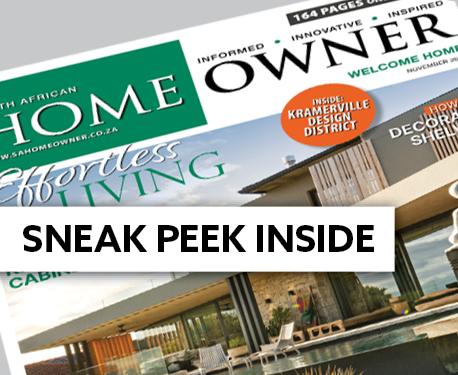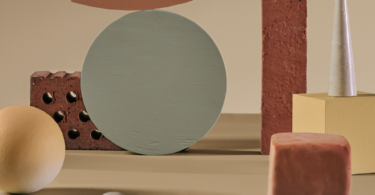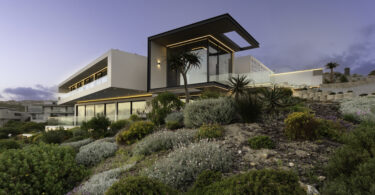By Dave Nemeth
The past few years have seen a rebirth and increased popularity of wallpaper. As this continues to gain momentum, we see applications in both domestic and corporate environments.
It is interesting to note that wallpaper has had these waves of popularity for centuries falling in and out of trend, just like many fashion accessories. Centuries ago, wallpaper was used by the middle classes to decorate walls instead of artwork and tapestries, which adorned the walls of the wealthy upper-class and out of reach for most.
The earliest mention of wallpaper dates all the way back to 1481, where there is record of a payment made by Louis XI, and the paper was to be hung at the Royal Chateau of Plessis-Les-Tours. These early papers were referred to as “Grand Rouleaux” and were individual sheets (around 1m long) that were pasted together before being delicately hand painted. Wallpaper dominated the 19th century where large volumes of printed paper could be produced due the advent of high-speed printing presses.
There are a variety of wallpapers on the market, and technology advancements ensure continual developments within this medium. Wallpaper printing techniques include surface printing, gravure printing, silk-screen printing, rotary printing, and digital printing. Wallpaper is made in long rolls that are hung vertically on a wall. Patterned wallpapers are designed so that the pattern “repeats” and pieces cut from the same roll can be hung next to each other so as to continue the pattern without it being easy to see where the join between two pieces occurs. It is advisable that one makes use of professional wallpaper installers as this can be quite a tricky process to install if one is not familiar with this technique.
Recent trends in wallpaper coverings show them being used on accent or feature walls instead of an entire room where the covering can become a little overpowering. Where more than one wall in a room is papered, we often see a variation of the pattern or colour. A major trend in pattern on current wallpapers sees a simplistic return to the past with oversized prints reminiscent of Scandinavian design; we have seen this in furniture over the past few years as well. Stripes as well as geometric patterns are also a firm favourite with the careful placement of these actually making a room look bigger than it actually is.
Colour too seems to follow a retro palette, which lends itself beautifully to these nostalgic prints – we see burnt oranges, greens, as well as the ever popular grey and a variety of mustard shades. Blue is very popular at the moment and a great colour for coastal homes. Wallpaper is not only about colour and pattern – with a host of textural papers available, even the most simplistic and minimalist homes can benefit from this age-old decor application.













Leave a Comment